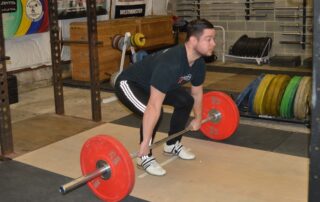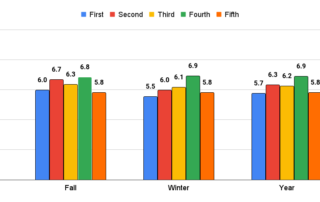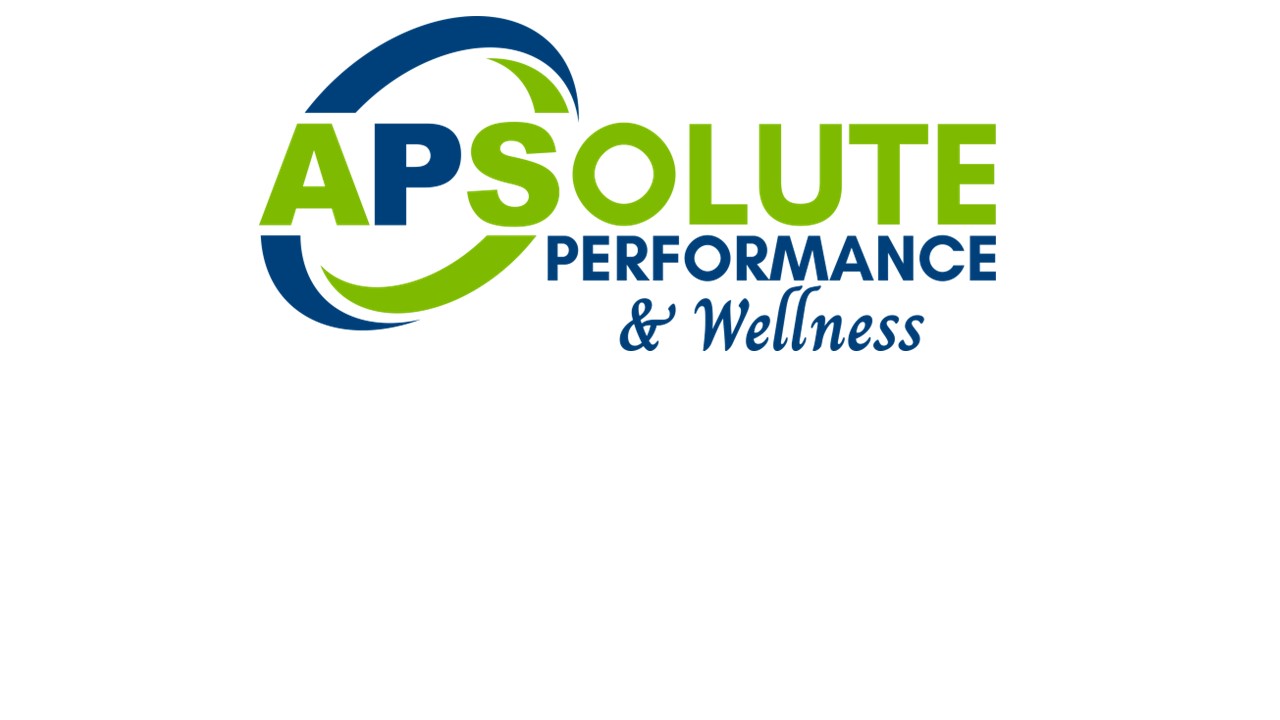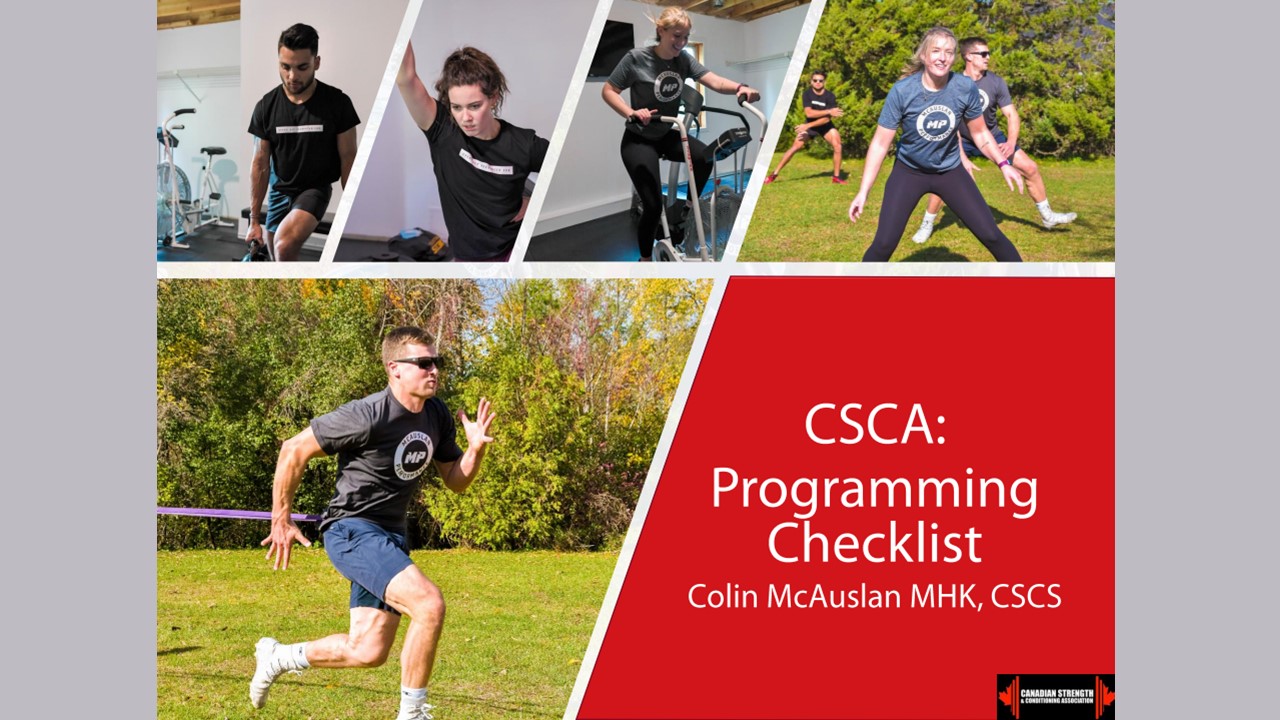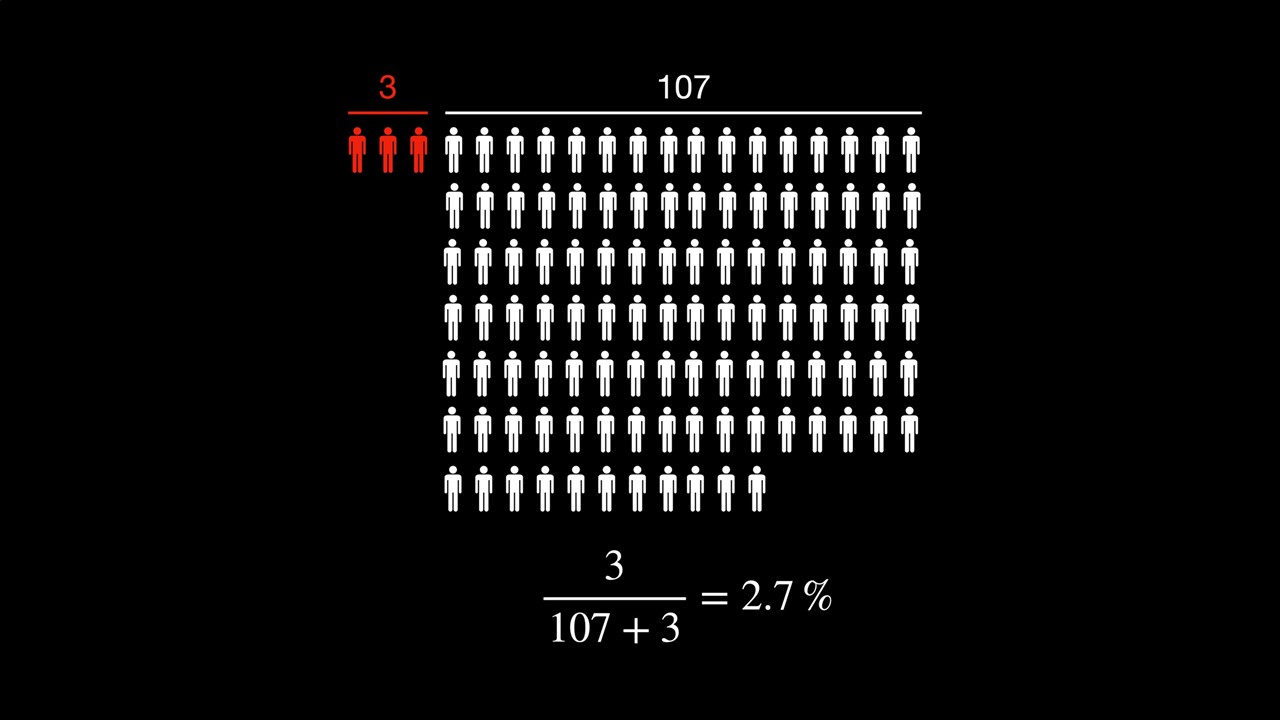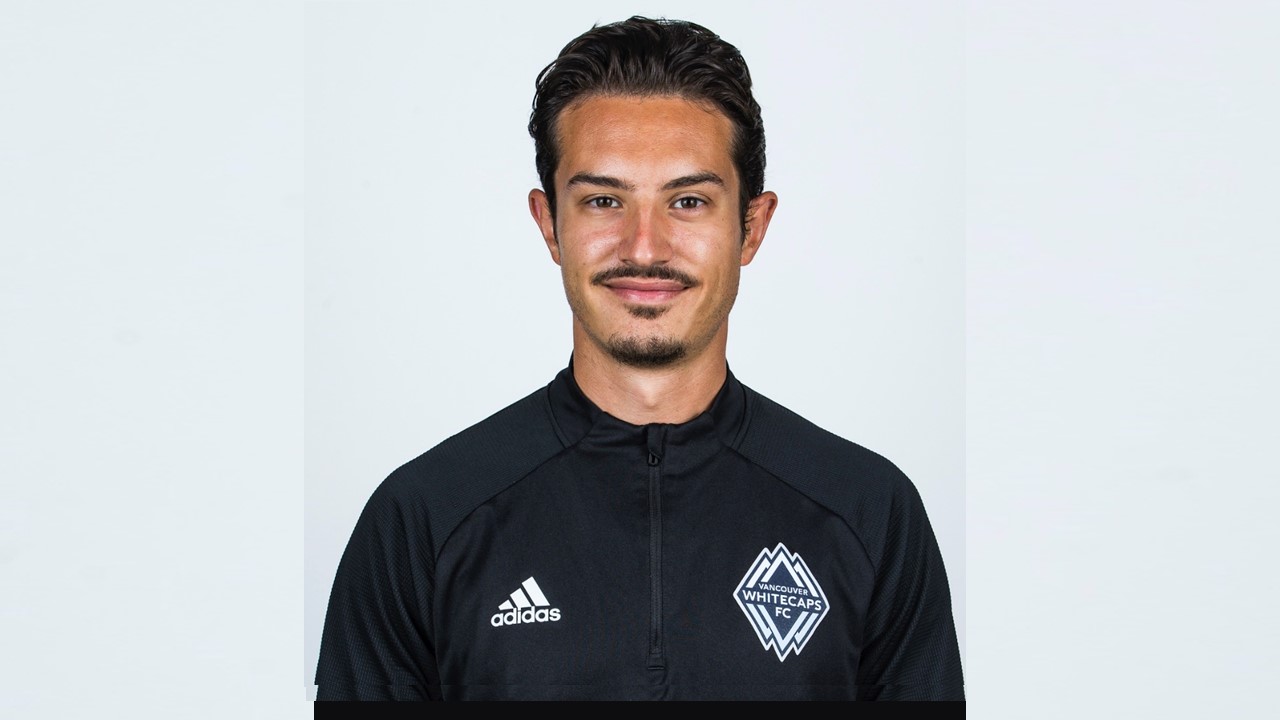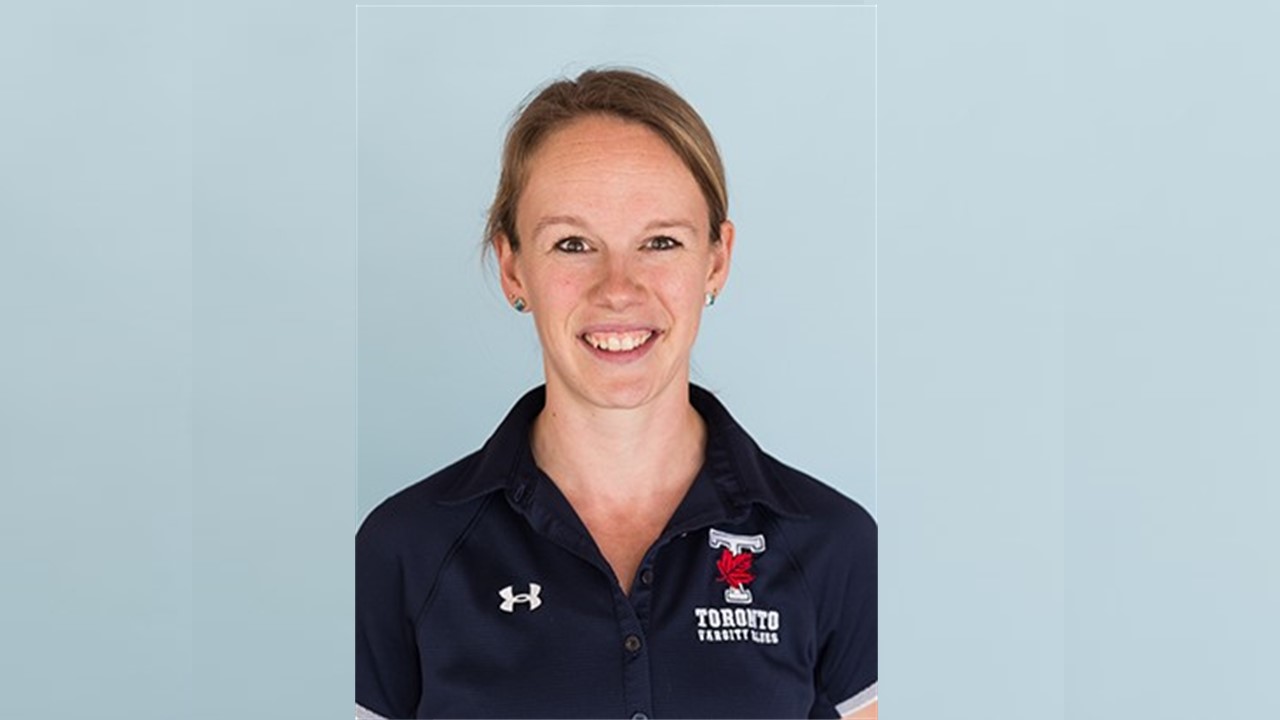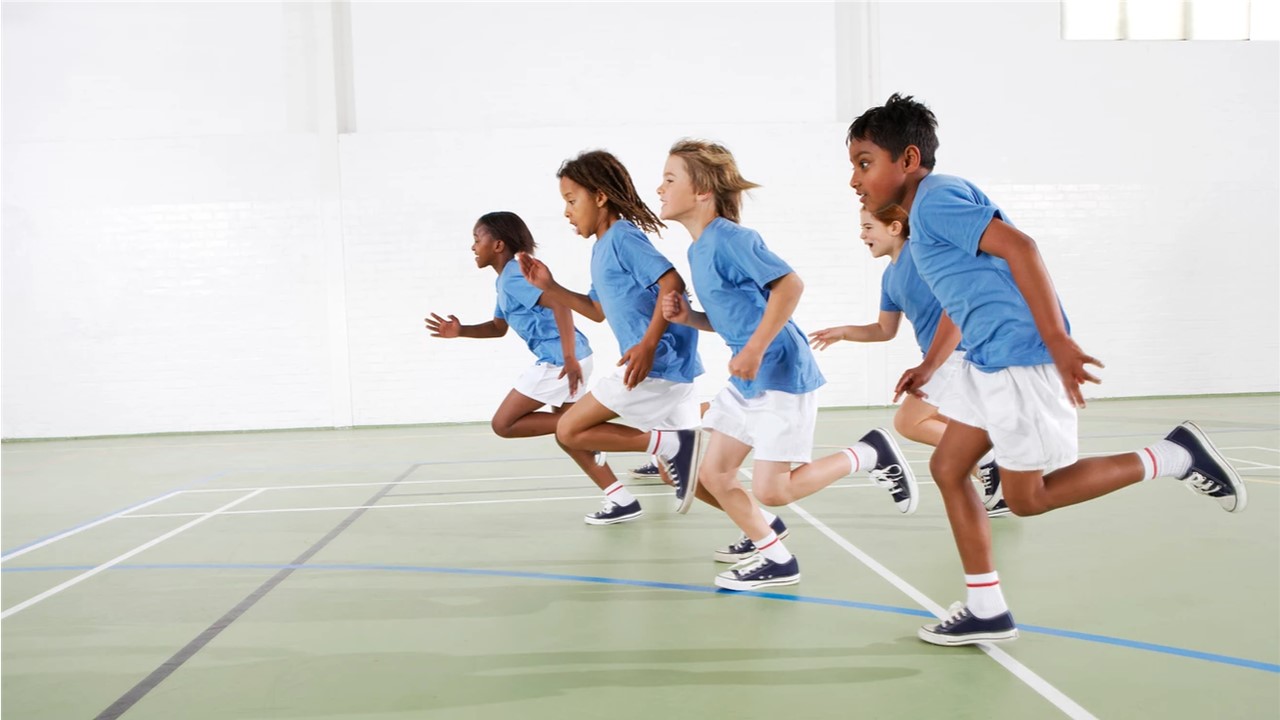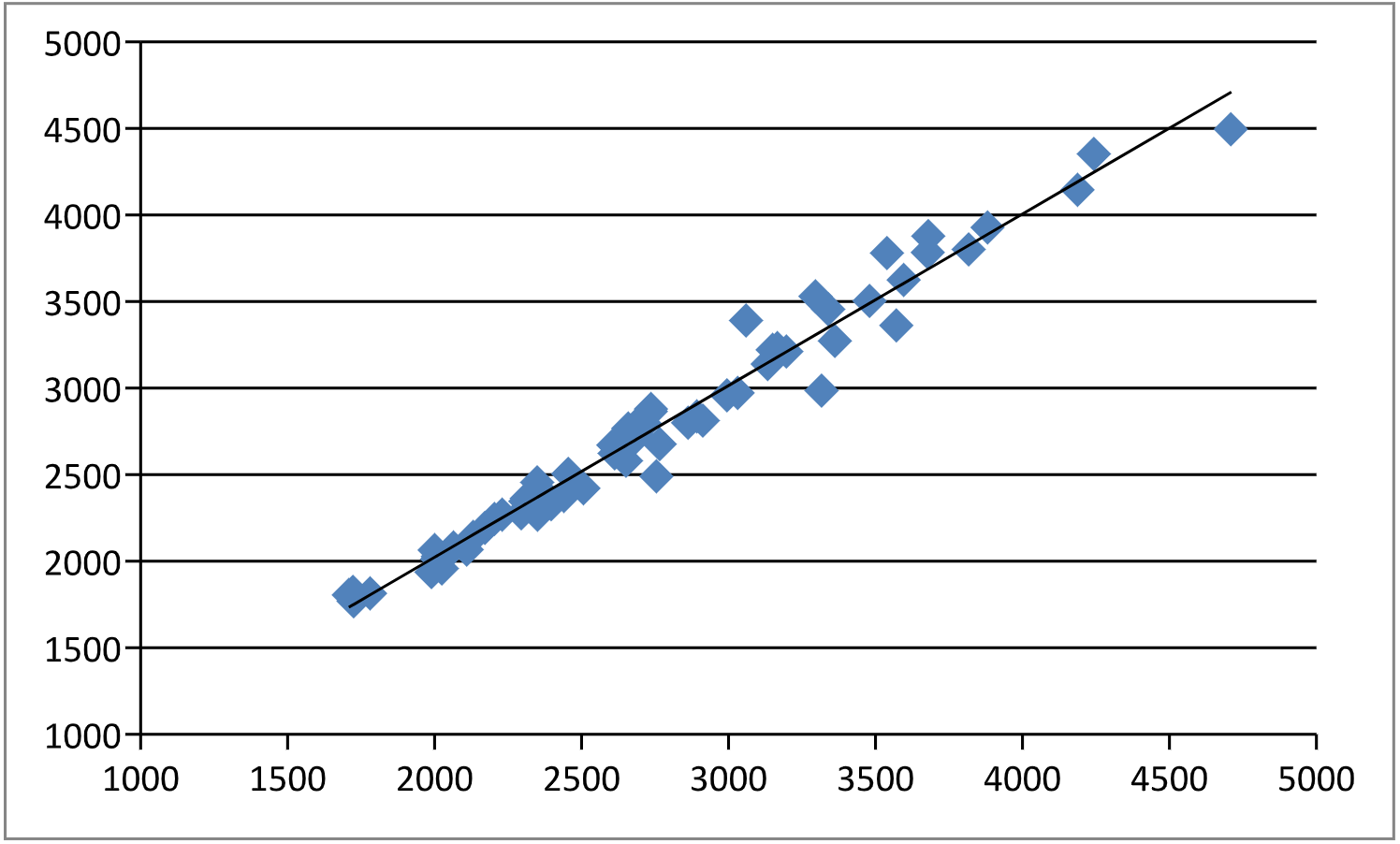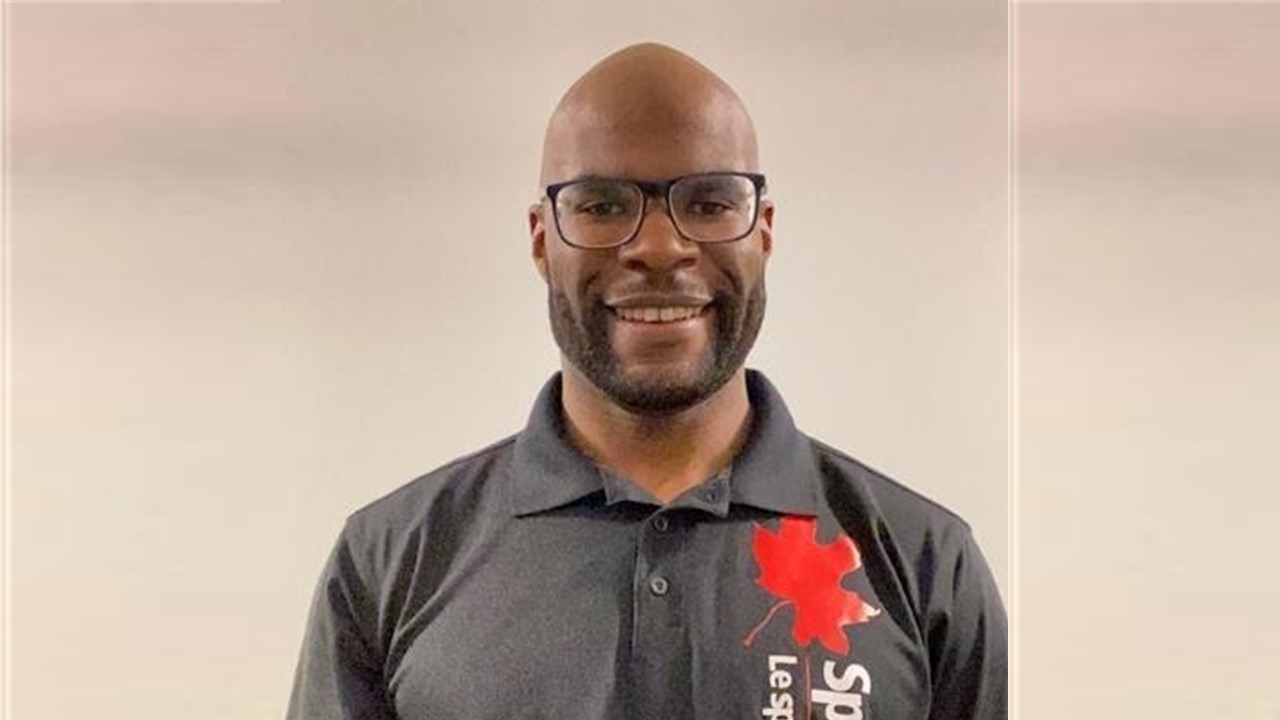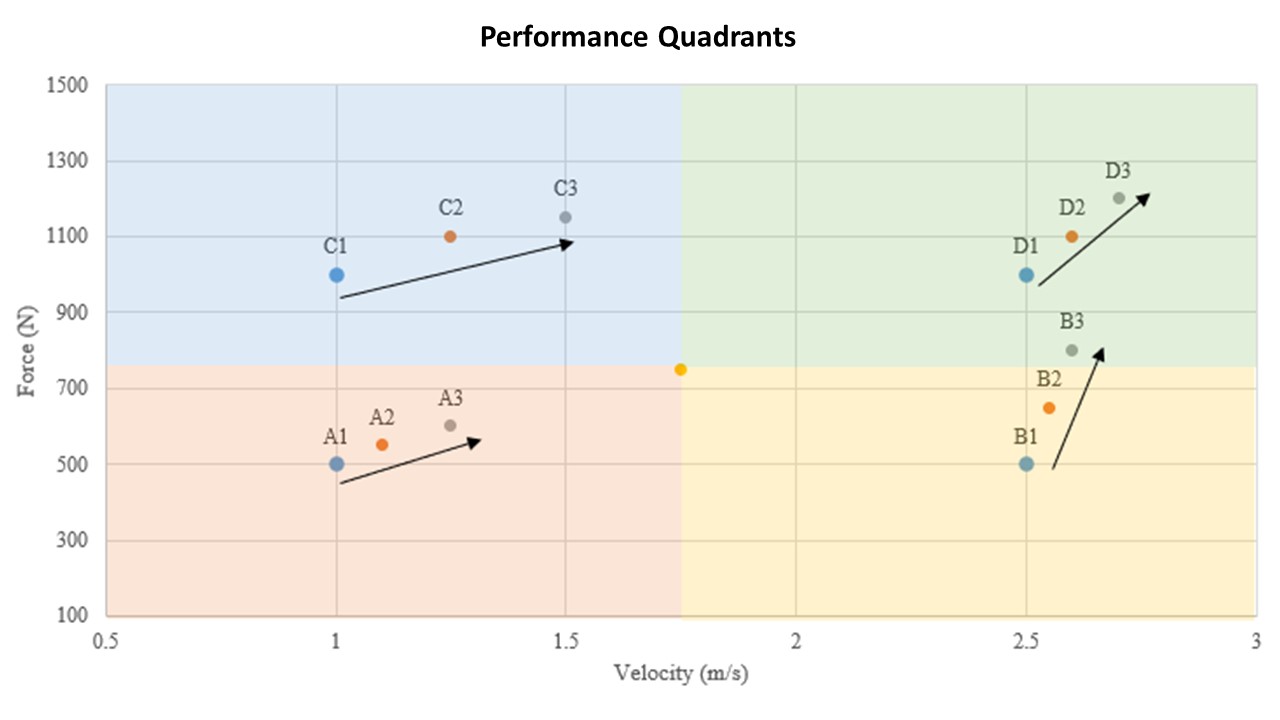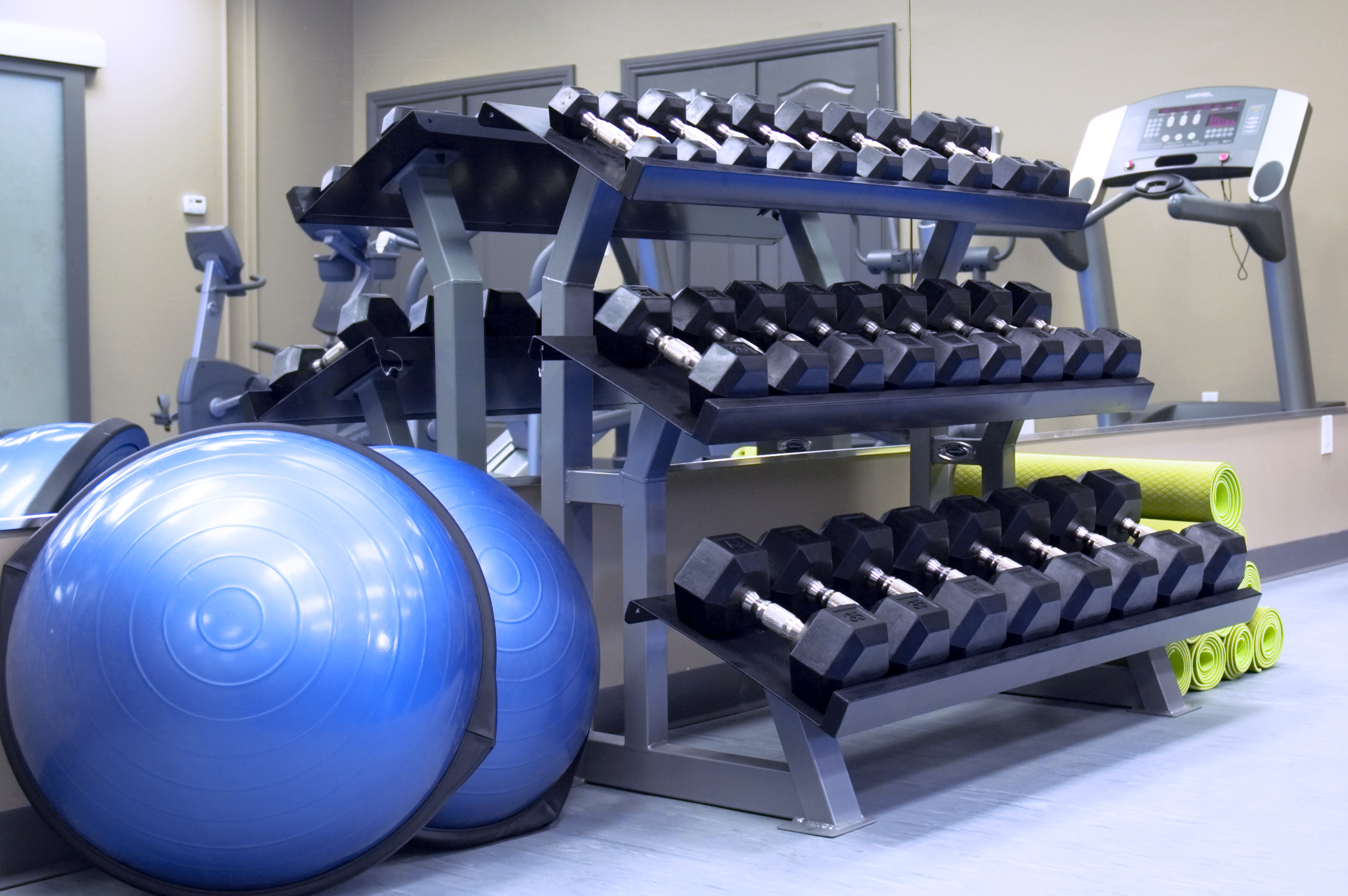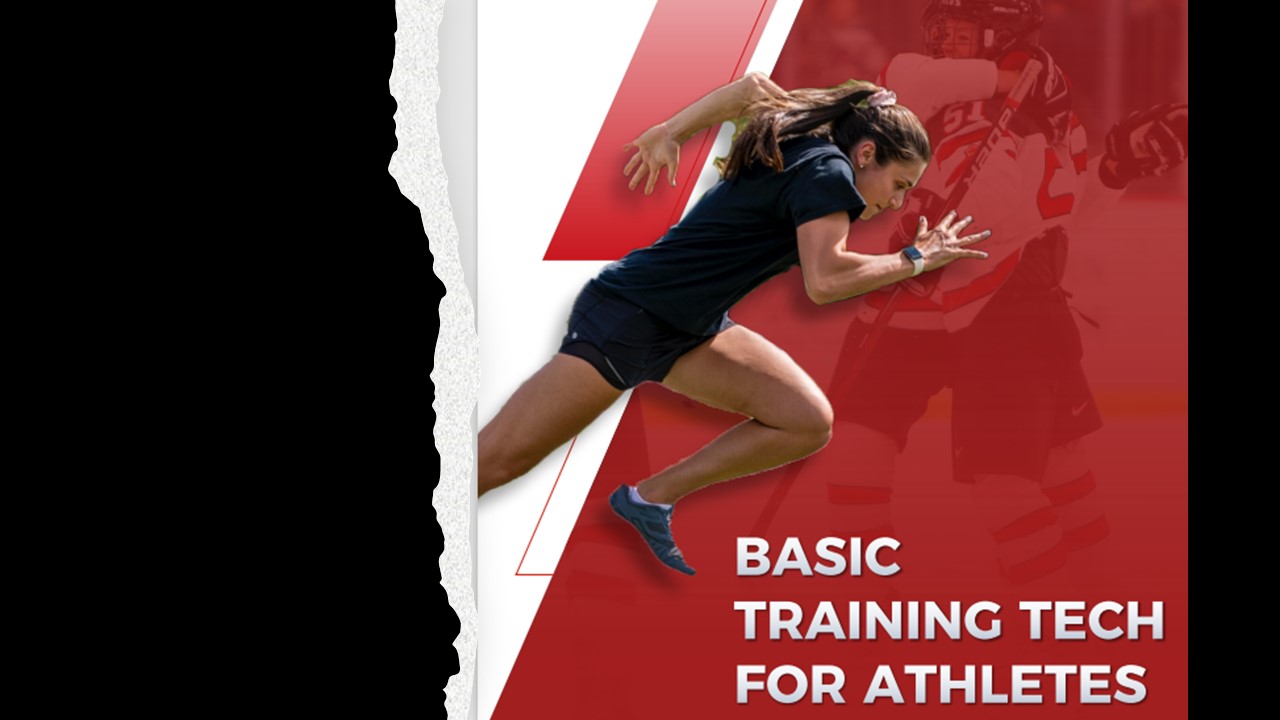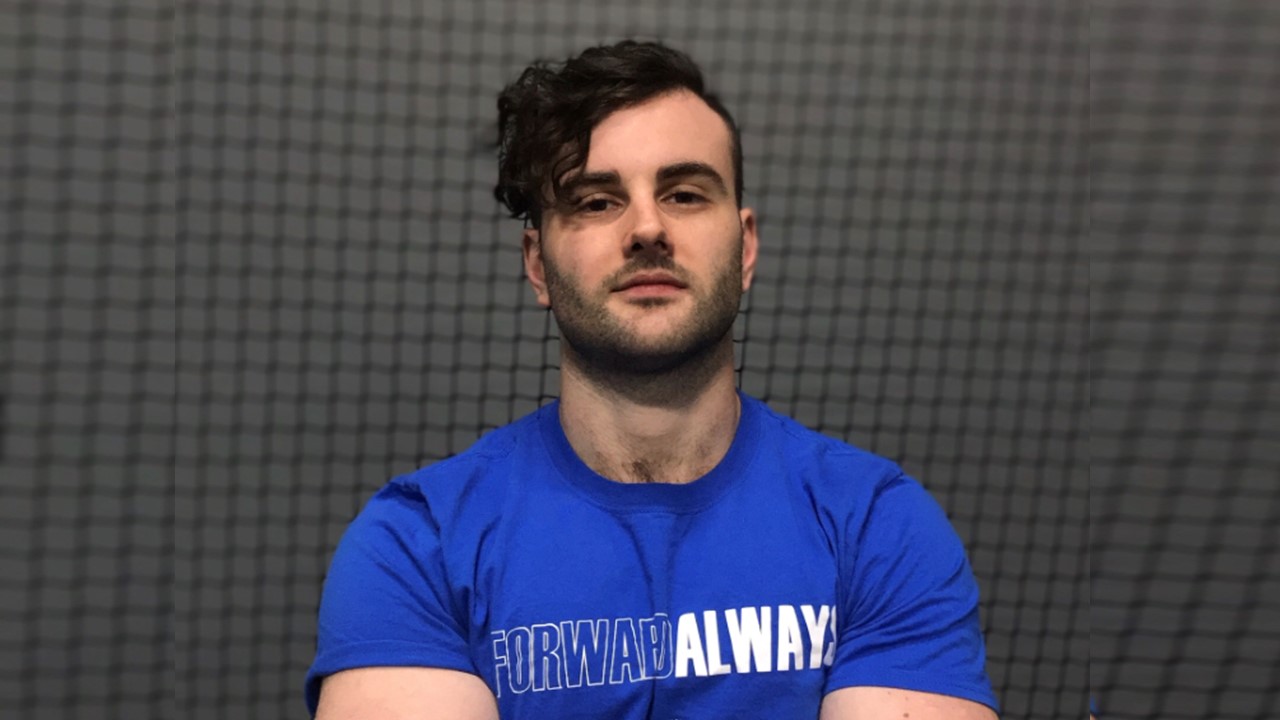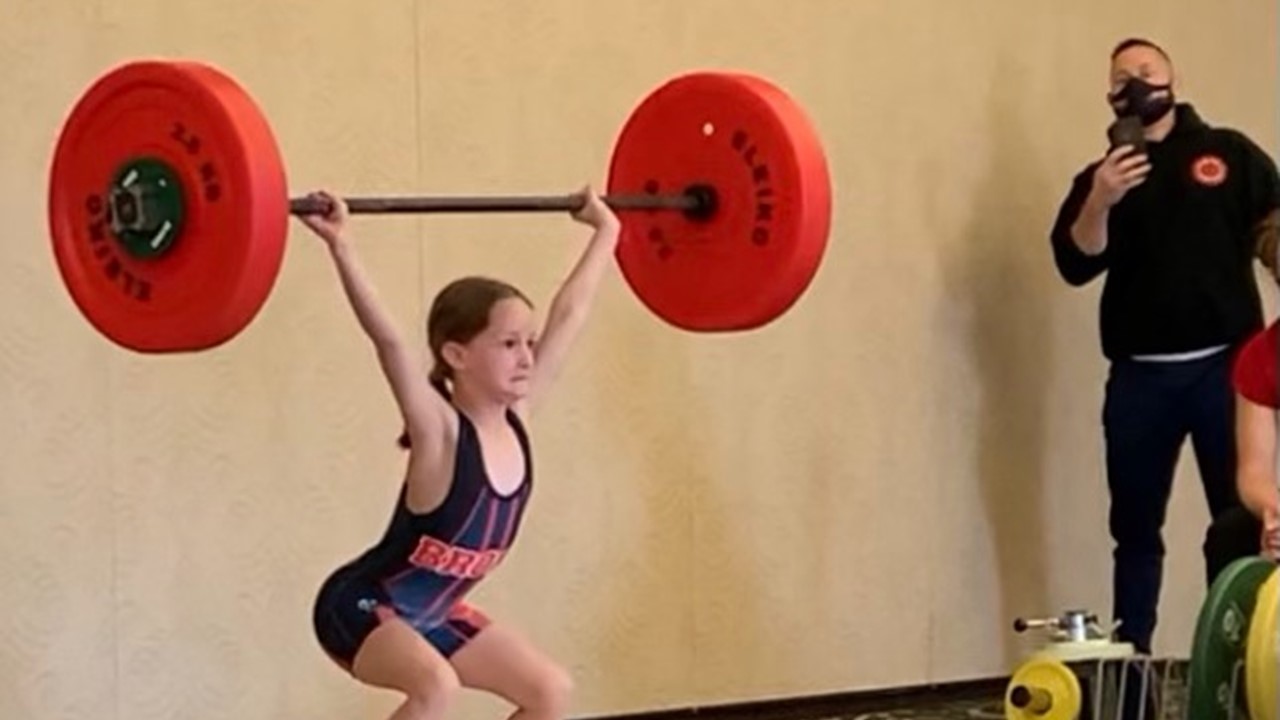Are Your Cleans Doing What They Are Supposed to do?
Written by Leo Totten, MS, USAW 5 Whether your sport is powerlifting, strongman, football or any other “strength” sport, the power clean should be part of your workout plan. Obviously, the major emphasis of your training should be whatever discipline you are participating in, but including power cleans at the right time can enhance the performance in any strength sport. When choosing the exercises to be put into your program, there are two primary considerations to keep in mind. Does the exercise fit a need or purpose and are the athletes able to perform the exercise correctly so it actually [...]
Monitoring Academic Workload in USPORTS Athletes
As sport performance coaches, one of our goals is to train athletes to withstand the stresses of playing their sport. This includes the management of physical stresses between the weight room and practices to elicit better performance and mitigate injuries (1). Stress is any form of pressure or tension placed onto a system that elicits adaptations that are either positive or negative. The training process brings stress to the system with the goal of creating a positive change. However, the body interprets different stimuli, both cognitive and environmental, as forms of stress (1). Therefore, the cumulative stress of multiple factors [...]
Establishing Sport Science Practices in a Competitive Swim Club
In the ever-evolving landscape of sports, data tracking has emerged as a powerful tool for optimizing performance. Collecting and analyzing relevant information on athletes is essential, but determining what to track amidst the vast array of available data is crucial in sports science. Technological advancements have provided coaches and sports scientists with tools to evaluate and disseminate data, enabling effective practice planning and driving improved performance outcomes for athletes. Coaches and sports scientists face the challenge of filtering through the noise to identify the most valuable and “useful” metrics. By focusing on key factors directly impacting athletic performance in their [...]
Jon Reid – Programming Considerations for Amateur Hockey
Jon Reid is a former Junior and University Hockey player who went on to complete a Bachelor of Physical Education, along with a Master’s in the Science of Kinesiology at Memorial University of Newfoundland. As a former athlete, Jon has always been interested in strength and conditioning and overall athlete development. As Jon’s hockey career came to an end, it was rewarding to find a career path to help enhance the development of athletes. This brought Jon to his current position at APSolute Performance and Wellness, where he oversees the Strength and Conditioning department and delivers programming to both amateur [...]
CSCA Presentation: Programming Checklist
An excellent overview of how to create training programs and considerations related to programming. Perfect for strength coaches starting in the field. Complete handout available for download. CSCA-Programming-Checklist-HandoutDownload https://youtu.be/U2q0AnjjaNs
Should We Be Trying to Predict Injuries in S&C Contexts?
Summary: There is debate amongst coaches and researchers as to whether we can actually "predict" injuries. There are two main hurdles that must be considered when attempting to use injury prediction models in practice. This article discusses assumptions regarding injury base rates and whether more accurate prediction models actually yield better decision-making processes. Practical recommendations are then made for coaches based on these statistical assumptions for current and future practice. Note to reader, all internal references are hyperlinked to the source material Coaches and researchers debate whether we can actually "predict" injuries. This debate is complicated by the many companies [...]
Strengthening Athlete Motivation by Embedding the Self-Determination Theory in a Strength and Conditioning Program
“Nobody cares how much you know, until they know how much you care”. At times in my career, I’ve heard statements from coaches along the lines of “this player seems like he doesn’t care” or “it doesn’t seem like she cares about being here”, and this is often followed up with a conversation about how frustrating it is for coaches when the athletes don’t seem present or invested in training. I like to think I understand where the coaches are coming from; a lot of strength and conditioning coaches get into the field through some innate draw to the weight [...]
S&C in a Professional Soccer Academy
Strength & conditioning support for football (soccer for us North Americans) has evolved over time. The evolution of the “fitness coach” has, in part, coincided with the increase in game demands alongside the proliferation of tracking devices and sport science research over the last two decades (1,2). As a result, the integration of S&C coaches to ensure the physical preparation of the team and support coaches with training load management has become the standard. This phenomenon has quickly translated to younger levels – which was precisely my job as the physical preparation coach with the Vancouver Whitecaps academy. I later [...]
Facilitating Behaviour Change in an Athlete-Centered Coaching Environment
Since 2019, the Fitness and Performance (F&P) department at the University of Toronto (U of T) has been continuously improving how to measure student needs, and how to deliver programming that meets, and oftentimes exceeds, those needs. At the foundation of this shift are two concepts that are growing in popularity throughout the industry, (i) Athlete-centered coaching, and (ii) leveraging a behaviour change framework, like the COM-B model (Capability, Opportunity, Motivation factors of Behaviour change). The University of Toronto recently conducted an extensive review of the Strength and Conditioning opportunities provided to students and student-athletes. An outcome of this review [...]
Using Countermovement Jump to Assess Daily Variations of an Athlete
The vertical jump test is one of the most widely used physical tests to measure lower body power. In 1921, Dudley Allen Sargent was the first to start using and researching the vertical jump to measure athletic capability (1). The test has evolved over the last 100 years to become one of the most widely used tests by all levels of practitioners and coaches. Vertical jump tests are also used in research and applied settings for a wide variety of reasons around athletic development and performance, such as monitoring if an athlete is adapting to a training program (2). One [...]
Using the 20m Shuttle Run to Test Fitness
The 20m shuttle run, also known as the beep test, is validated and reliable test which is predictive of the maximal rate of oxygen consumption (VO2max), and is considered as a gold standard field test for the measurement of aerobic fitness (1,2). A VO2max test can cost upwards of $150-250 in most Canadian cities, and will set you back an hour of laboratory time, the beep test was developed to be used as a convenient field-based physiological testing alternative. Paliczka et al. (3) reasoned that the 20m Shuttle Run test is an ideal field test because judgment about pace is [...]
Using Tech in the Gym: A Motor Learning-Based Perspective for Guiding Instructions and Feedback with Motion Data
Introduction There has undoubtedly been a spike in technology use across various industries, leading to the current "big data" revolution. Advancements in creating inexpensive hardware have enabled developers to create software that has made previously unfeasible applications a reality. For example, strength and conditioning professionals have started implementing inertial measurement units (IMUs), which were previously limited to lab-based applications, to their daily practice. Smartphones and tablets enable coaches to leverage machine learning to perform markerless motion tracking to obtain coordination data. Virtual and augmented reality are also bound to make their way into mainstream coaching in the future. There are [...]
Bringing the Program to Life
The session-to-session physical content of a good youth program is just words and numbers on a paper. A program must be brought to life by good environments involving intentional strategies that consider elements such as psycho-social factors, training age, growth and maturation, injury and medical history, and athlete goals and preferences. Bringing the program to life also needs good people with relevant experience, education, desire, intentions and good energy. Good people building good environments can help ensure that athletes can achieve fun, safety and success with programs that are developmentally appropriate, participant centred, progressive, challenging and well-structured. Bringing the program [...]
Understanding Movement Characters Part 2: Identifying the Thinker, the Hustler, the Natural
Note: In Part 1 I described the general concept of movement character. Part 2 will focus on breaking down the characteristics of each and putting in place a simple System to rate athletes on the spectrum, which collectively make up one’s complete movement character. In Part 3 I will share the testing and training programs guidelines for each. Each character has its attributes. The following are 15 major points for each with a brief on their overall strengths, weaknesses, and observations. These are guidelines and based on my experience. This is not an exhaustive list but provides a starting direction. [...]
Needs of the Many vs the Needs of the Few: Practical Considerations for Large Scale Programming
Programming can be an inspiring process or a complete slog. Depending on your approach and circumstances, you could build innovative and exciting training plans or get stumped, spending hours trying to figure how the right combination of movements go together. Do we front or back squat? When did I put med ball throws in there? Did that change I just made fall in line with the purpose of the session? Maybe you’re stuck with constraints around physical space or less-than-ideal training environments, potentiality due to COVID restrictions. We all deal with a multitude of questions and dilemmas that dictate our [...]
Selecting Appropriate Training Load
Coaches play a complex role in the development of young athletes, writing training programs, teaching movement skills, helping reinforce the team culture, and monitoring progress. One of the more overlooked and undervalued areas of coaching is the role that the coach can play in the development of durable ancillary skills, attitudes, and behaviors that the athlete carries with them through their sporting career. One of the most important of these is the ability to select an appropriate load and load progression for a strength session. At some point, almost every S&C coach has looked at an athlete’s training log and seen that the same [...]
Basic Training Tech for Athletes
A resource for athletes created by CSCA Advisory Team Member Vicki Bendus Bendus_CSCA_AthleteTech_2021-05-12Download 2/10 3/10 4/10 5/10 6/10 7/10 8/10 9/10 10/10
From Coaching to Combine – A Virtual Combine Training Experience
Through a collective COVID-induced pivot in the health & fitness industry, online coaching has witnessed a major boom in the past year. Whether it was simple exercise prescription or Zoom workouts, we had found a new (temporary?) norm. Even with gyms reopening, many online coaching businesses are still thriving. While online coaching allows for much greater accessibility, it also carries the perception of providing less value than in person coaching. While this may be true, online coaching can be extremely effective. The difficulty lies in trying to truly replicate an in-person experience over the internet. Two questions one must ask themselves when attempting to [...]
Understanding Movement Characters. Part 1: The Thinker, the Hustler, the Natural
As a Masters student and one of the first S&C coaches at UBC back in the early 90’s I had just secured my first paid position with the new NBA expansion team, the Vancouver Grizzlies. By the start of that 1995-96 season I had already spent over 10 years volunteering at the CIAU (now USport) level with Varsity teams and athletes across the country through my work at UBC and Lakehead. What resulted was, by the time I was 30, I felt I was at the top of the game of conditioning for basketball and many sports in the country. I knew exactly what I was [...]
What Are The Limitations of Youth Resistance Training?
Despite numerous position papers, a growing body of research evidence, and the prevalence of school-based strength and conditioning programs, there continues to be significant concern regarding the use of strength training for youth athletic development. These concerns are fed by anecdotal beliefs that there is increased injury risk in this population, concerns about growth delay, and an overall denial of the adaptability of young athletes. Unfortunately, these beliefs do not match the research currently available, or the outcomes being measured in the sports such as weightlifting and powerlifting. The adaptations we are now observing in youth resistance trained athletes are [...]



